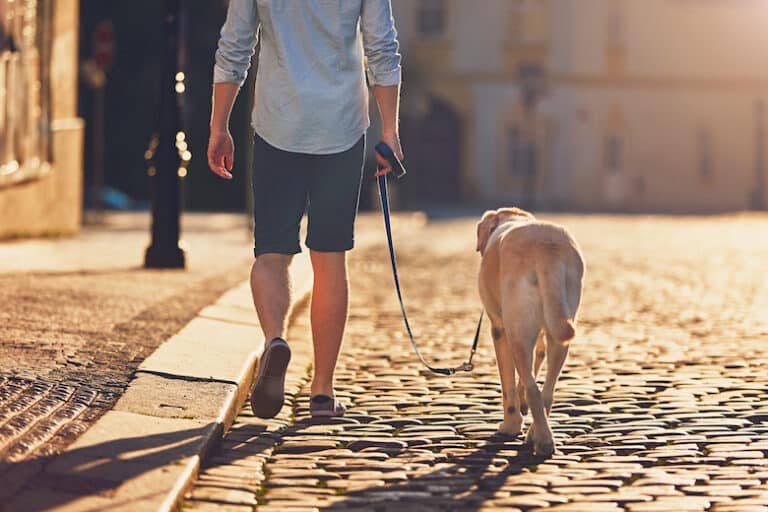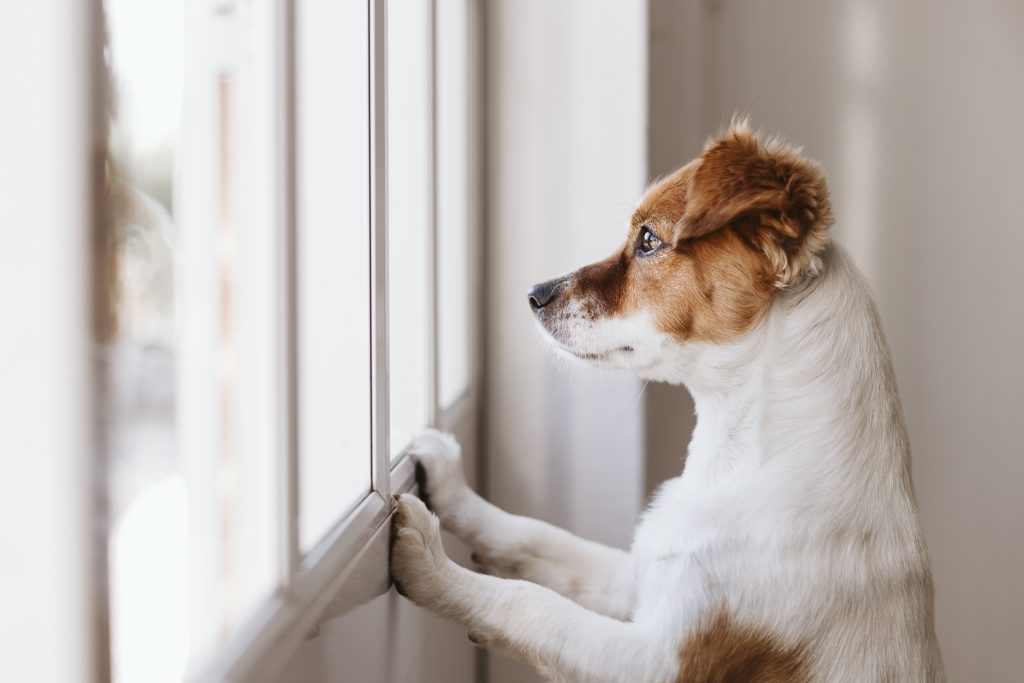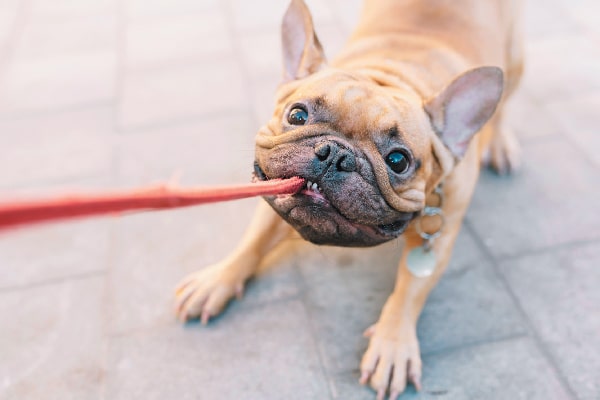Heat Stroke and Heat Exhaustion in Dogs
DEFINITION:
Hyperthermia (fever) is an elevation in body temperature above normal range for the species affected (dogs normal is 101.5F).
Heat Stroke (heat exhaustion) is a form of hyperthermia that occurs when heat-dissipating mechanisms of the body cannot accommodate excessive heat. Body temperatures above 105F are suggestive of heat stroke.
CONTRIBUTING FACTORS:
- Heat stroke can be seen in all breeds of all ages, but may be more likely in long haired and brachycephalic (short nosed) breeds as well as younger and older individuals.
- Elevated environmental temperature and humidity
- Confinement in a car or other area without adequate ventilation
- Exercise
- Restricted access to water
- Obesity
SIGNS:
Signs of heat stroke are very similar to the signs seen in humans, although dogs pant more in an effort to cool themselves.
- Panting
- Hypersalivation (drooling)
- Warm to touch
- Red mucous membranes of mouth
- Rapid heart rate
- Dry nose
- Quiet or poorly responsive, may lay down and refuse or be unable to rise
- Vomiting
- Blood from mouth or in stool
- Seizures
- Muscle tremors
- Ataxia (staggering)
- Coma
- Death
PREVENTION:
Heat stroke is best prevented by avoiding the previously listed risk factors and closely observing your dog. If you are hot so is your dog. Remember our dogs will always try to please us. Consequently, watch closely and do not ask your dog to exercise or play hard on hot humid days.
Whether indoors or outside, dogs can best acclimate to high temperatures if provided good air circulation, shade and access to fresh water.
If you believe your pet is suffering from heat stroke, please call us: 905-822-1644
How to Prepare Your Cat for When You Go Back to Work
Right now, staying home is the safest thing we can do for ourselves and our cats. But someday, someway, many will be asked to go back into their offices. Though some may be excited to get rid of cabin fever, cats may have gotten used to — and even enjoyed — this version of normal life.
“Our cats have adjusted their rhythm to ours,” says Jackson Galaxy, a cat behavior and wellness expert, host of Animal Planet’s “My Cat From Hell” and NY Times best-selling author. “Now, they are used to getting a certain amount of petting … [and] playing. How do we get them to get back to the reality of work?”
Jackson says parents can prepare their cats for when they go back to work slowly and shares tips to make a seamless transition.
Does Your Dog Find ‘Snacks’ on Walks? Here’s What You Should Do
When your dog is walking ahead of you and finds some unknown substance to quickly sniff and swallow before you can reach them, should you be worried?
Minimize Separation Anxiety: How to Prepare Your Dog For When You Return to Work
We’ve all seen the memes about dogs living their best lives with their pet parents and families constantly at home. The belly rubs, snuggles and walks around the neighborhood are endless. But as the coronavirus shelter-at-home orders begin to end and you find yourself spending more time outside of your house, your dog may start to experience separation anxiety. Now is the time to start easing your dog into this transition and help them remember what life is like when they are alone, so it doesn’t feel so abrupt or scary.
Yes, Your Dog Can Get Too Many Walks
COVID-19 has most of us social distancing, working from home and just generally spending a lot more time with our dogs. Dogs who rarely get walked and usually spend their days looking out windows or sitting in yards are being walked, sometimes several times a day. Small dogs are being dragged down sidewalks with cooped-up guardians trying to take them for runs, and even Olympic-level fetch games are happening. Sydney Cooper Public Relations Manager for Fi explains that according to its current data, dogs are taking approximately 1000 more steps per day, as compared to the same days before COVID-19. Is this sudden activity change safe for dogs?
Always consult with your vet before beginning a new exercise routine for your dog, particularly if your dog has any underlying health conditions or concerns. This is the kind of appointment that likely could happen virtually during COVID-19, if that is a service your vet clinic is offering. After talking with your vet, here’s how to start a new exercise routine with your dog.





